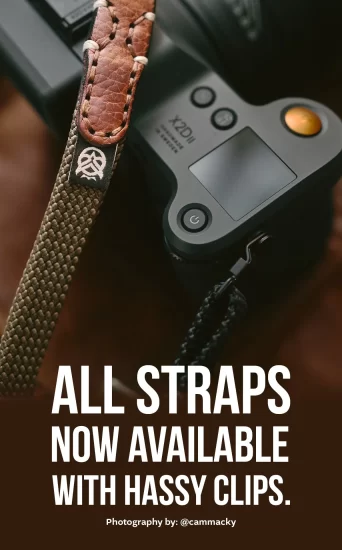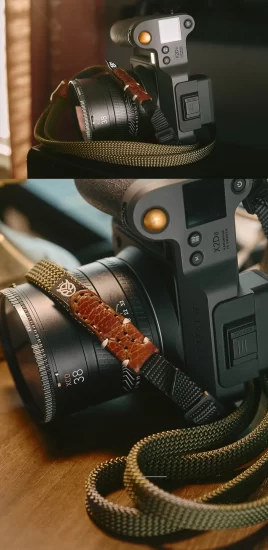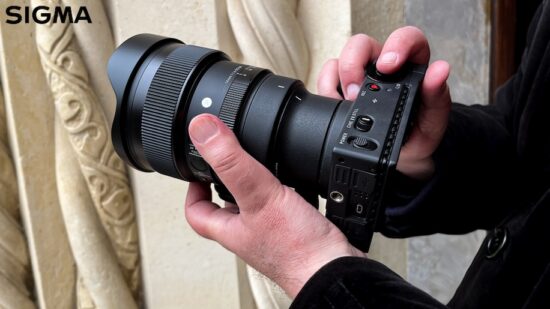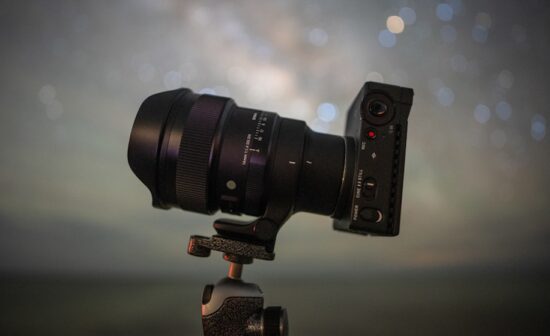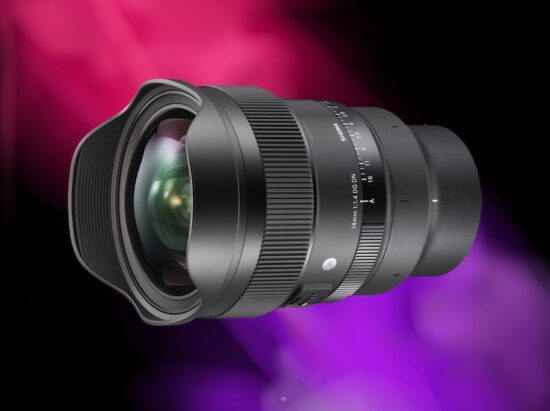How one photographer created a music video with 2100 hand printed cyanotypes
It takes a lot these days to make a music video or visualizer stand out, but that's exactly what Deftones and UK-based artist and researcher Edd Carr were able to do. The video for Cut Hands, seen above, was created with more than 2100 hand-printed cyanotypes, an analog process that required a massive undertaking by Carr. We were curious how Carr tackled this project and what led him to use an analog process for the video, and he was gracious enough to chat with us about his work.
Carr began by photographing landscapes with a DSLR and editing them extensively in Lightroom, but eventually realized something was missing. "I would go out, focus on the live view screen to get a perfect composition, then come back, and focus on the digital edit in Lightroom," he explained. That process left him feeling completely disconnected from the natural world he was trying to document.
Around the same time, Carr started reading about radical ecology and was drawn to the idea of using analog processes to feel more connected to the physical world. Since then, Carr has been deeply involved in analog photography, including alternative processes like cyanotypes, because of the feeling of connection that he gets from the tactile.
Cyanotype is a photographic printing process that results in striking blue-toned images. The technique involves coating paper with a light-sensitive solution of potassium ferricyanide and ferric ammonium citrate, which is yellowish green when initially brushed on. To make an image, you expose the coated paper to UV light (typically sunlight) and rinse it to reveal the final image. It's a very hands-on process that aligns closely with Carr’s desire for a physical connection to his art.
 |
| Image: Edd Carr |
As an artist who focuses on nature, working in analog adds another layer of connection as well. "From an ecological perspective, analog processes allow me to incorporate natural elements into my work, and connect the living landscape to the themes of my pieces," Carr explained. To that end, sometimes he develops his film in plants or buries it in soil. "I try to give voice to the land through my work," he said.
While analog is central to Carr's work, digital is also a significant component. For the music video and his other animation work, the projects begin as digital cuts based on stock footage. They are then translated to analog to create the imagery, and back to digital for the final animation.
Carr explained that creating the imagery for the Deftones project was a painstaking process. Sourcing the stock footage was just step one. "Then [I] compile it in a way to create a narrative, and also for the visuals to flow through techniques such as match cutting (matching similar shapes, such as the snake’s eyes and the eclipse), or matching movements," he said. "It is sort of like making a sculpture from found objects."
 |
| Image: Edd Carr |
Once Carr makes the digital video, he splits it into individual frames, usually at 12 frames per second. "This means I end up with a stream of digital still images, comprising the entire video – in this case over 2,100 images," he explained.
After establishing the narrative digitally, Carr begins the process of transforming each frame into a cyanotype. For some of Carr's work, he uses a DLP projector to expose the cyanotype. The bulb has a trace amount of UV, and it allows him to project the image onto the paper without first printing a digital negative. However, exposures take a lot longer, so it isn't feasible for animation projects with lots of prints.
For high-volume projects like the Deftones video, Carr first creates digital negatives for each frame. Since he was dealing with so many images, he opted to make contact sheets with between 9 and 16 images per A4 sheet. Each sheet then produces roughly one second of footage.
 |
| Image: Edd Carr |
Once the negatives are ready and paper is coated, he uses an artificial UV LED light to expose the prints. The artificial light allows him to fully control exposure, which enables more consistent prints. "If they aren’t consistent, you get a lot of flashing, due to the variance in exposure," he explained. "Indeed, you can see some in this Deftones video, even with controlled UV."
The sheer number of prints in an animation project like the Deftones video makes the process daunting. "The volume of prints is always a challenge, especially in a commercial context, as you often have tight deadlines to meet," Carr explained. For the Deftones video, he was making 100 prints a day, which he says was incredibly intense. He explained that he would coat the cyanotypes in batches of eight, print two rounds, wash and dry and then print again. He said it resulted in printing for 12 hours a day, which was a very physical process.
After the cyanotypes are created, Carr scans each frame back in, does some editing and drops them back into the video editor. He said that, in theory, it should play smoothly, but there are often one or two frames missing or out of order. Finding those frames and getting them back into place is a time-consuming process. He says he spent more than 12 hours a day editing, and said it was "a bit brain melting."
Carr says he wanted to channel the rock music video aesthetic he grew up with in the '90s, both in subject matter and the visual effects. The look that results from the cyanotype animation leans into that grunge look, thanks to scratches, folds, paper texture and other imperfections coming through. Carr said the unpredictability is one of the things he enjoys most about analog processes. "It is one of the reasons I love analogue; a thumbprint of mine may make its way into the animation unexpectedly, or a certain scratch or fold in the paper may give an additional exciting texture to an otherwise typical image," he said. "I can’t imagine losing this in digital, or artificially adding it with AI."
You can see more of Carr's work at his website or on Instagram.


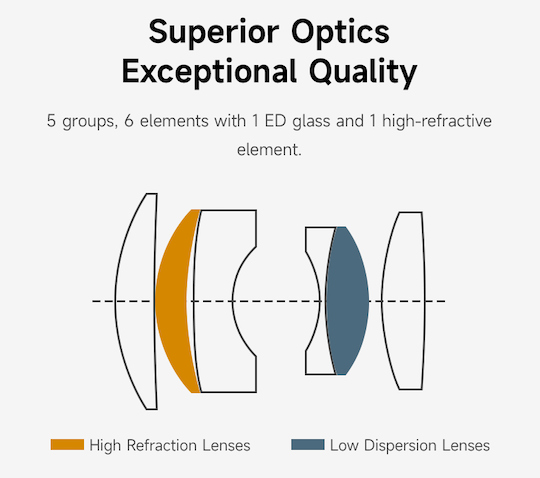
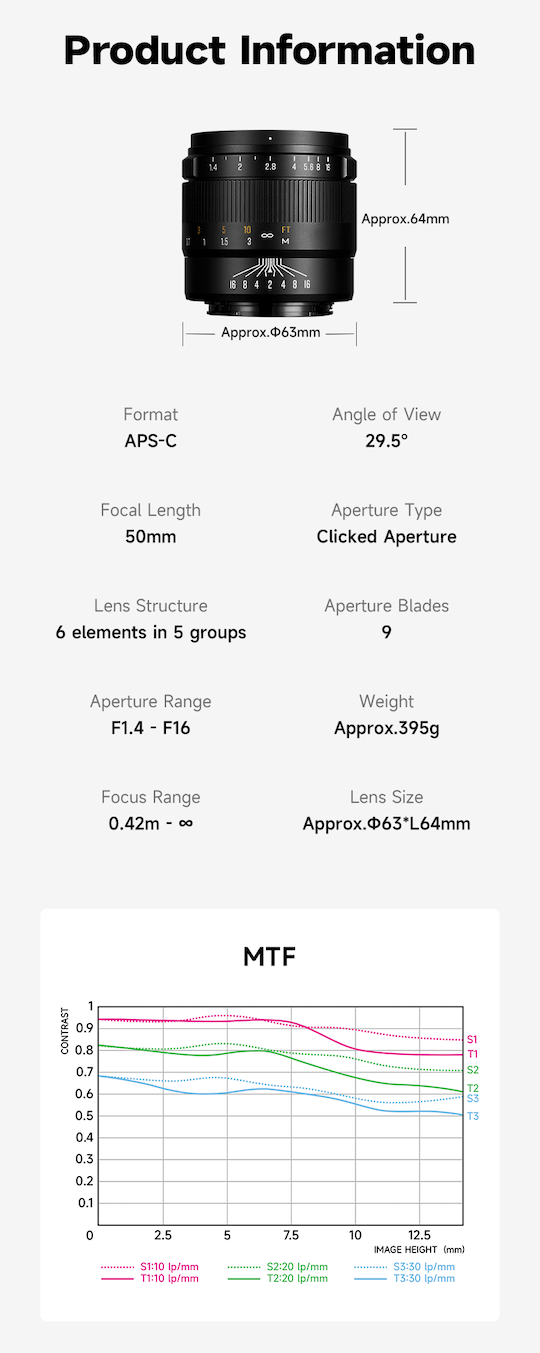

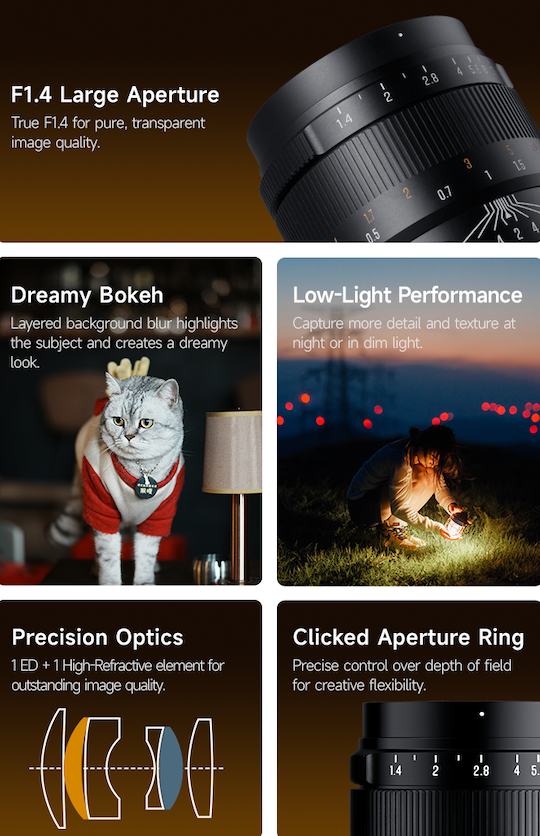


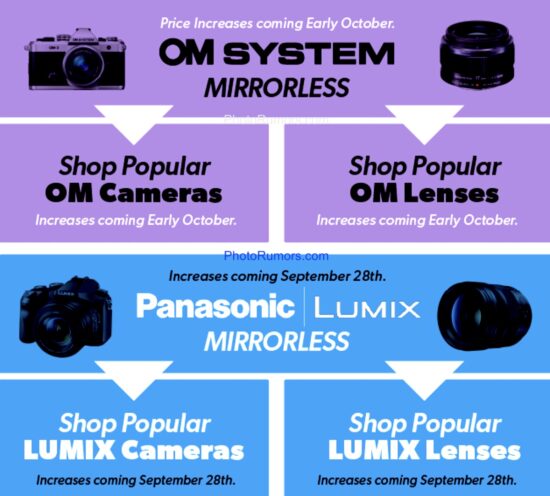










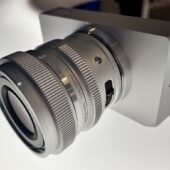










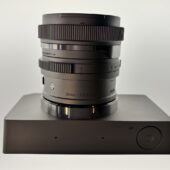




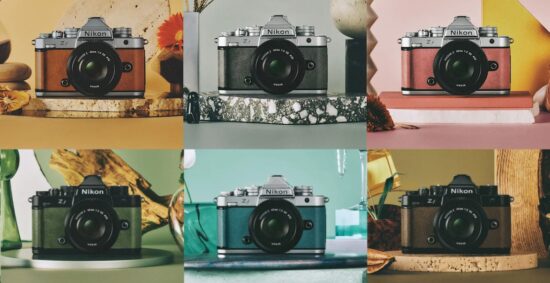

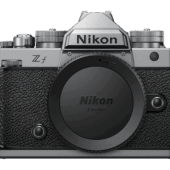
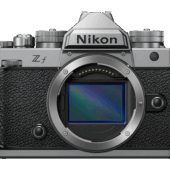
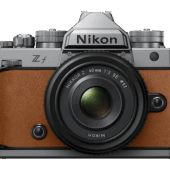
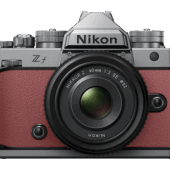
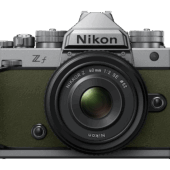


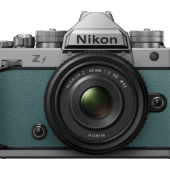
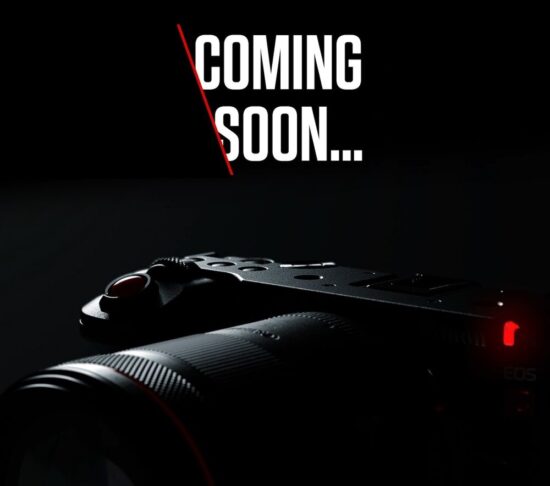















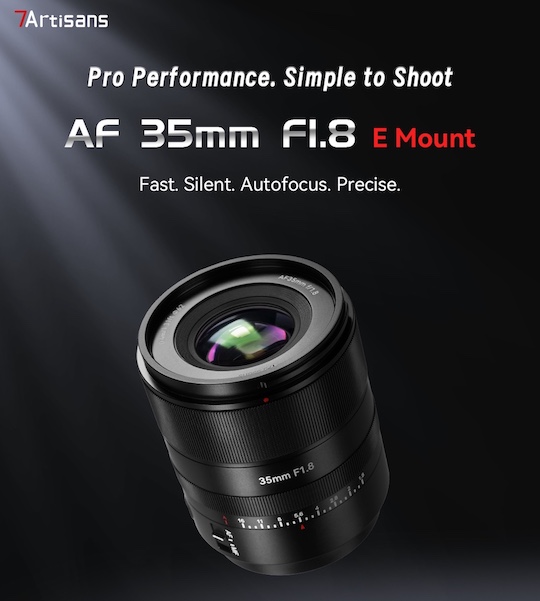

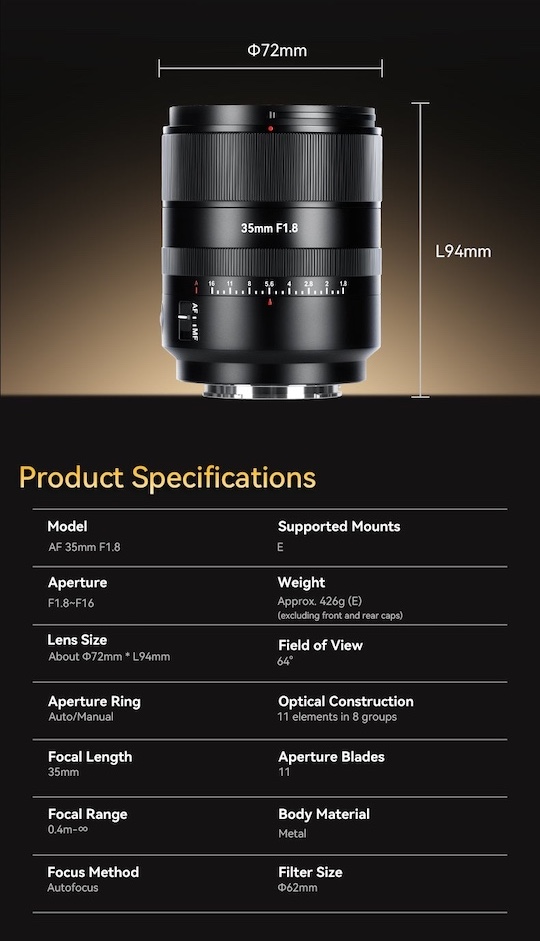
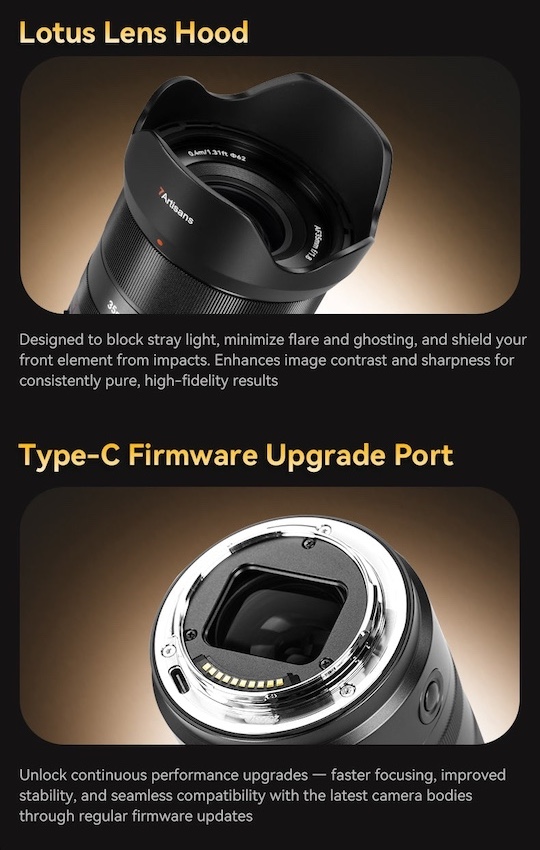
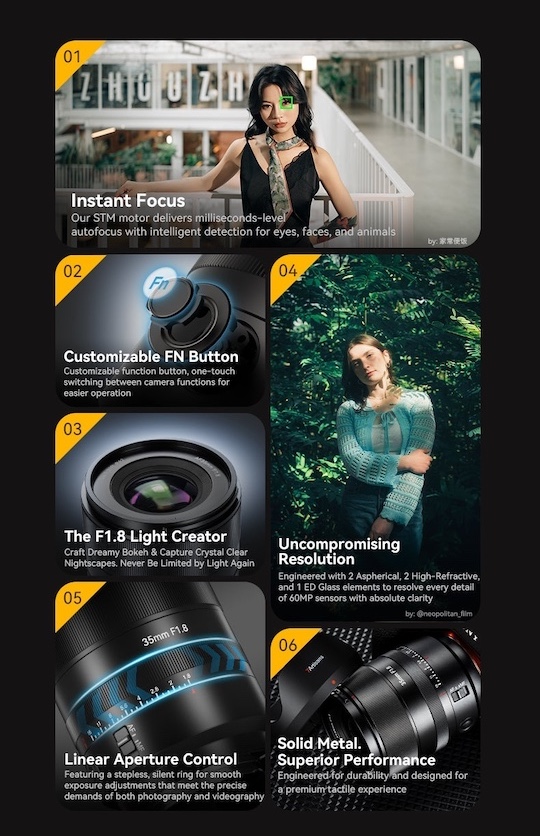


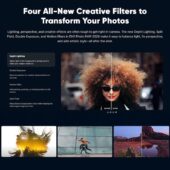
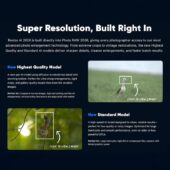
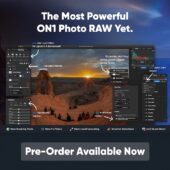









 with big plans, new projects, and plenty of analog inspiration.
with big plans, new projects, and plenty of analog inspiration.




